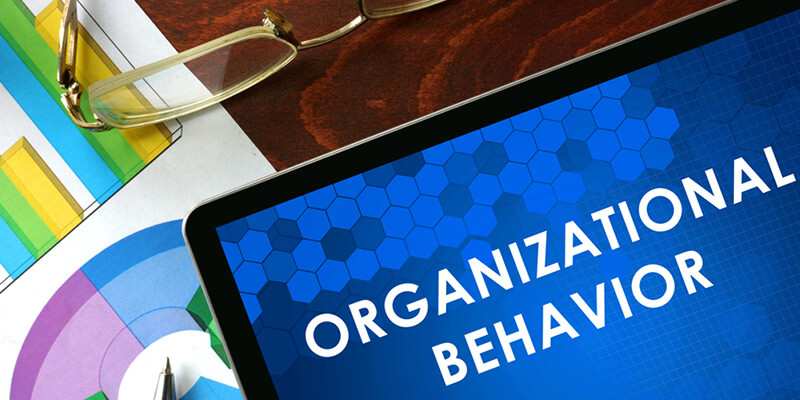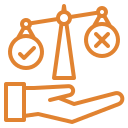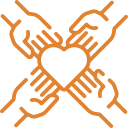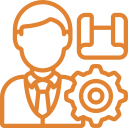Even though 25 years of organizational research indicates that individual behaviors are hardwired by the time employees enter the workforce, you can shift organizational behaviors to support team development, alignment to the business case for change and new strategic business objectives.
Here are four steps to make it happen:
1. Conduct a culture alignment assessment with all employees. Calibrating the current state of an organization’s culture is always the first step of an effective intervention process. For example, determining the values, behaviors and personal work styles of an organization provides the needed data to define the size of the gap from where your culture is today and what is required to foster alignment in the future. This assessment process also establishes the capability of tracking cultural shifts over time. Your management team will find this helpful as they are asked to resource interventions and fund activities to reach an aligned cultural state.
2. Promote one leadership style to the workforce. As you can imagine, management consultants and theorists promote dozens of suggested leadership approaches — everything from situational leadership and participative management to leading from the top and leading from commitment. All of these approaches have merit. The danger comes when your leadership team sends managers to different leadership training events and everyone comes back with a different approach. It’s a fast way to create confusion for the workforce as they work for different leaders over time, each with a different leadership style. It’s much more effective to promote and take advantage of one leadership approach for everyone to follow.
Creating a singular leadership approach that focuses on behavior-based leadership, as an example, uses the concept of collective emotional commitment as a lever to capture the hearts and minds of leaders and the workforce. It’s also important to apply a leadership approach that instills positive mutual purpose and intent. Once these have been established, active listening skills, decision-making and other activities can create the level of leadership success you seek for your company.
3. Create one line of sight to reach alignment. Do we all agree? Does anyone not agree? Do we have consensus? Are we all aligned? Is anyone not aligned? Wow! This can be confusing. It’s essential to teach individuals and teams how to be aligned with and supportive of the decisions that they make. The secret lies in teaching everyone how to question effectively, listen actively and demonstrate open communications, while stressing authenticity.
Alignment comes about when employees understand how to gain alignment on the small steps that ultimately build into larger areas of agreement. Having an effective protocol to communicate and reach agreement within our team helps to make alignment a reality.
4. Separate assumptions from facts. There’s a distinction between making assumptions and examining facts. Sometimes there are not enough facts to make an assumption about a situation that we’re faced with solving. In that case, we can only search for more facts, or in other cases, we may not safely assume anything based on the information provided.
This is a difficult human behavior to change. People often jump to conclusions based upon their cultural biases, personal history or current experience. A lesson worth learning: Help employees to reach a higher level of consciousness by teaching them the difference between assumptions and facts and to know when more information is needed. The benefits of this type of learning have broad and far-reaching implications in how an organization works and how solutions are developed and implemented.
Final Thoughts
As with any good recipe for increased performance, blending the right ingredients and keeping them well balanced will result in a predictable outcome. Determine your organizational cultural attributes, calculate and manage the change, and help your leaders foster a positive shift in organizational behavior. It’s a journey worth taking.
This article was written originally posted here. It was reprinted with permission from the author.
Mark Hordes
Mark is the founder and lead consultant with Mark Hordes Management Consultants, LLC, a Houston based coaching and training firm dedicated to helping companies increase their relationships with their customers and clients (we recommend customer experience webinars). He brings over 25 years of experience in consulting with organizations in human resources and talent management. He was a former change management and human capital partner with Accenture and also held consulting positions with Molten Group, American Productivity & Quality Improvement, Sinclair Group and Dillingham Associates.
Mark and HRDQ-U are hosting a free webinar on November 18th at 2PM. Sign up for it now!













